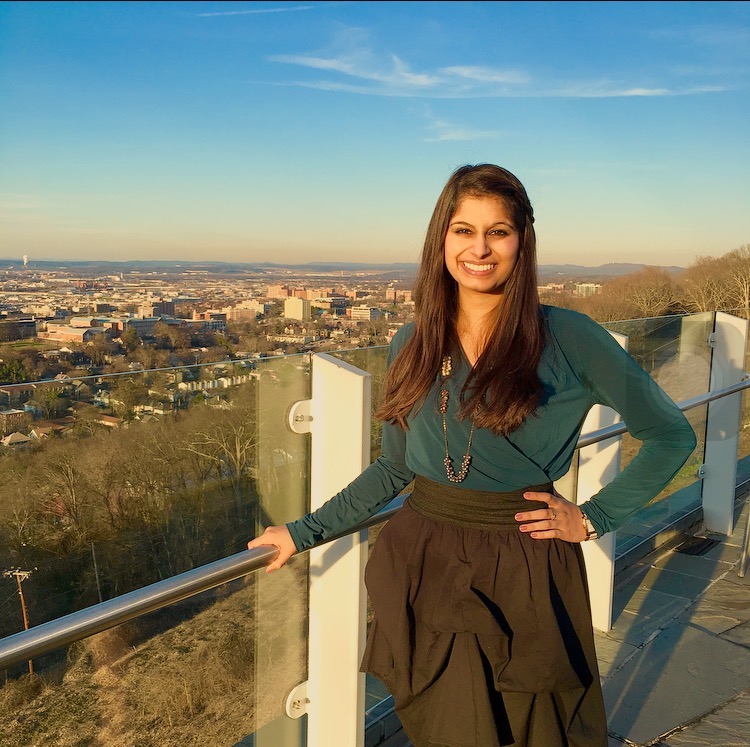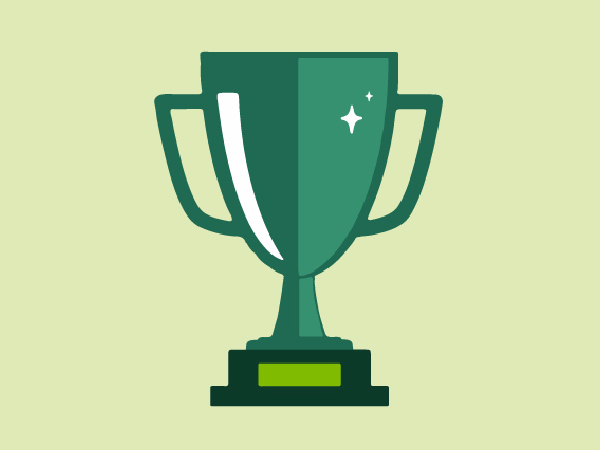I fell in love with UAB when I first visited the campus during my senior year of high school. The greenery, the hills, and the tall buildings all seamlessly flowing together was breathtaking. A tour of the Spencer Honors House sealed the deal. I came to UAB because I felt at home: the beautiful campus, the wonderful people, and the endless opportunities seemed to call my name. Four years later, my feelings have not changed. My college years have helped me grow academically, socially, and personally.
 UHP’s interdisciplinary approach to teaching changed my entire perspective on knowledge and understanding. As a pre-med student, I realized there is much more to medicine than just science. Science is important, but philosophy, psychology, sociology, economics, social work, and history all play a role in understanding how to be a good doctor and being able to care for and relate to one's patients, while keeping costs low for everyone.
UHP’s interdisciplinary approach to teaching changed my entire perspective on knowledge and understanding. As a pre-med student, I realized there is much more to medicine than just science. Science is important, but philosophy, psychology, sociology, economics, social work, and history all play a role in understanding how to be a good doctor and being able to care for and relate to one's patients, while keeping costs low for everyone. I began my journey at UAB as a Biology major, but switched to Neuroscience because I saw it was the most interdisciplinary science at UAB. In my classes, I incorporated psychology, biology, chemistry, and physics recognizing an important connectivity at several levels. My biggest fear was doing research, a requirement of the Undergraduate Neuroscience Program. I have always hated rodents, so I knew animal research was probably out of the question. Basic science research sounded unbearable because the thought of working at a lab bench playing with bacteria or running PCR seemed boring. Of course, I am aware that there would be no medicine without basic science research, but it still didn’t seem like a good fit for me. By the process of elimination, I chose clinical research. It couldn’t be that bad, I thought, since I love talking to people.
Freshman year, I joined a clinical laboratory with Dr. Geldmacher in the Department of Neurology. I have learned so much about the IRB process, data entry, and most importantly, interacting with patients, thanks to my work with the group. During My junior year, I met Dr. Younger and was fascinated by his research on neuroinflammation, as well as its impact on chronic pain and fatigue. I worked in the lab full-time last summer and fell in love with the world of clinical research. Since then, I’ve had the opportunity to learn how to organize a clinical study, both recruit and schedule patients, learn different statistical methods, and understand data analysis. My clinical research experience has convinced me to integrate research into my medical career.
If someone told me four years ago that I would change my career plans to incorporate research, I would have laughed. The Neuroscience program changed my perspective and showed me that scientific research is very diverse. It still amazes me that my work in a laboratory as an undergraduate could actually help contribute to understanding neuroinflammatory disease mechanisms and generating cures. The program also gave me the opportunity to work with and be taught by faculty from UAB’s School of Medicine, where I will be continuing my education in July. Furthermore, the University Honors Program taught me that every question or problem can be approached from several disciplines. I am going into medical school with a renewed love of the scientific process at its very core, while realizing that there is so much more to medicine than just science.


